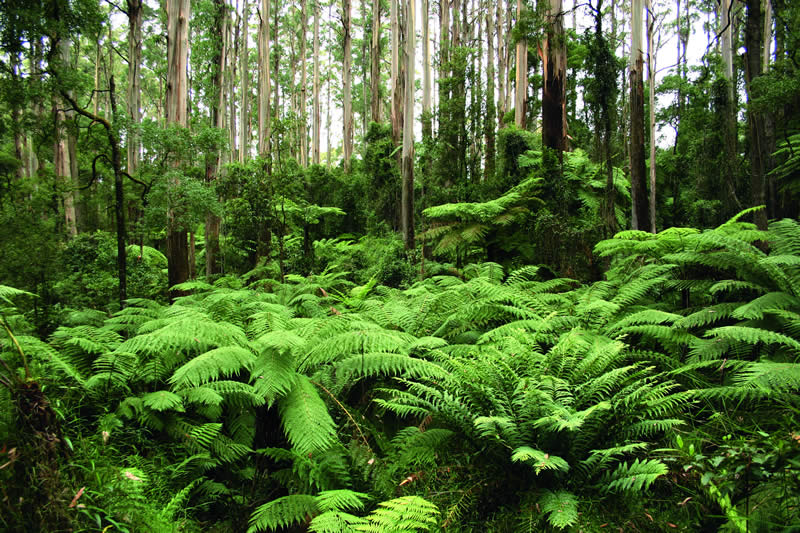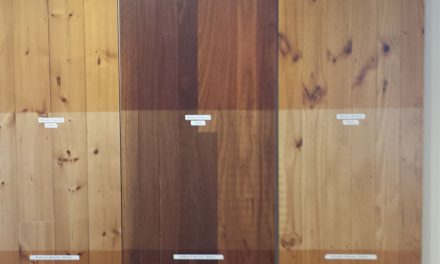Recycling of orange pulp and peel onto barren land in the mid-1990s has had an astonishing result.
In the mid-1990s, 1000 truckloads of orange peels and orange pulp were purposefully unloaded onto a barren pasture in a Costa Rican national park. Today, that area is covered in lush, vine-laden forest.
A team led by Princeton University researchers surveyed the land 16 years after the orange peels were deposited. They found a 176 percent increase in above-ground biomass – or the wood in the trees – within the three-hectare area studied (seven acres).
Their results are published in the journal Restoration Ecology. The findings showcase the power of agricultural waste to not only regenerate a forest but also to sequester a significant amount of carbon at no cost.
“This is one of the only instances I’ve ever heard of where you can have cost-negative carbon sequestration,” says Timothy Treuer, co-lead author of the study and a graduate student in Princeton’s Department of Ecology and Evolutionary Biology. “It’s not just a win-win between the company and the local park – it’s a win for everyone.”
The original idea was sparked by husband-wife team Daniel Janzen and Winnie Hallwachs, both ecologists at the University of Pennsylvania, who worked as researchers and technical advisers for many years at Área de Conservación Guanacaste (ACG, Guanacaste Conservation Area) in Costa Rica. Janzen and Hallwachs focused the latter half of their careers on ensuring a future for endangered tropical forest ecosystems.
In 1997, Janzen and Hallwachs presented a deal to Del Oro, an orange juice manufacturer that had just begun production along the northern border of Área de Conservación Guanacaste. If Del Oro would donate part of its forested land to the Área de Conservación Guanacaste, the company could deposit its orange peel waste for biodegradation, at no cost, on degraded land within the park.
The project was started but abandoned for 15 years following a successful lawsuit against Del Oro by a rival company, until Truer revisited the site in around 2013.
“It was so completely overgrown with trees and vines that I couldn’t even see the seven-foot long sign with bright yellow lettering marking the site that was only a few feet from the road,” Treuer says.
Treuer then decided to study the area, along with Jonathan Choi who, at the time, was a student studying ecology and evolutionary biology at Princeton. They compared the experimental site with the pasture on the other side of the road, which hadn’t been covered in orange peels, and found dramatic differences between the two sites. The area fertilised by orange waste had richer soil, more tree biomass, greater tree-species richness and greater forest canopy closure.
“Plenty of environmental problems are produced by companies which, to be fair, are simply producing the things people need or want,” says study co-author David Wilcove, a professor of ecology and evolutionary biology and public affairs and the Princeton Enviromental Insitute.
“But an awful lot of those problems can be alleviated if the private sector and the environmental community work together. I’m confident we’ll find many more opportunities to use the ‘leftovers’ from industrial food production to bring back tropical forests. That’s recycling at its best.”
The paper, Low-cost agricultural waste accelerates tropical forest regeneration, was published in Restoration Ecology, July 28.










